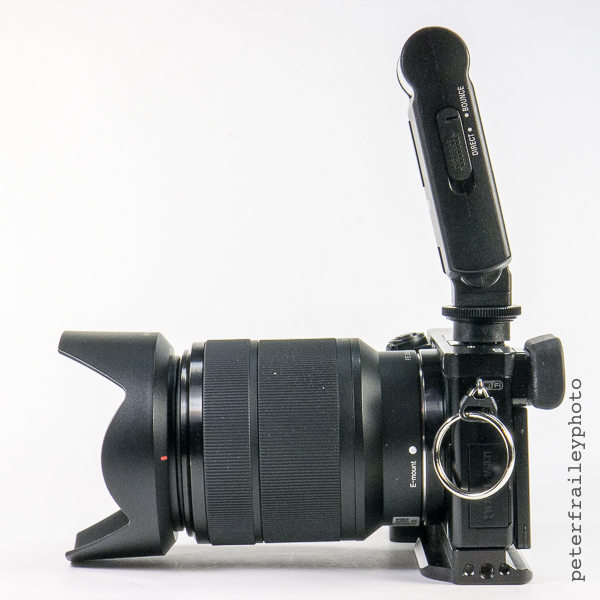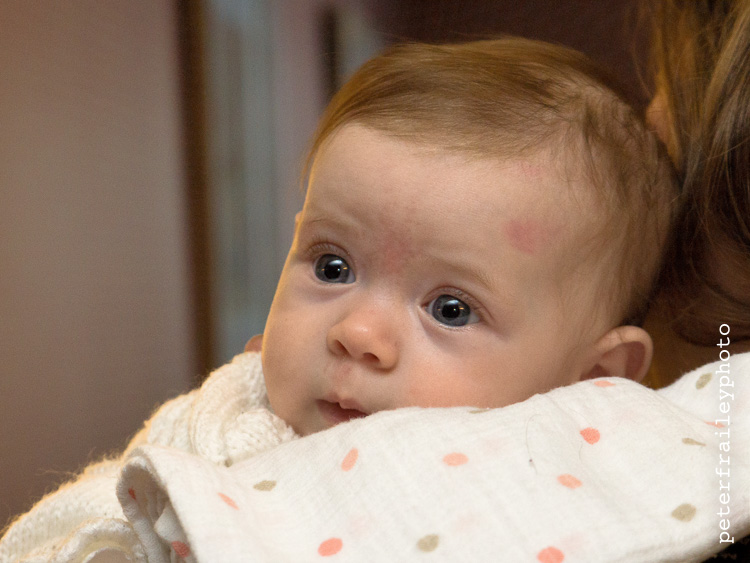I don’t do any of my own printing. I’m actually a bit afraid to “get into it”. I am worried that I might like it, which would mean buying an upscale printer and supplies, learning to print on different kinds of paper, learning about color profiles, etc, etc. It would be a huge investment of time and money. It might also be fun.
But so far I have resisted. Instead, when I need prints I order them online from mpix.com. It is very simple, though print-purists might question the image quality that can be obtained by uploading merely an sRGB file. But the results are beautiful. I’ve created awesome prints as big as 20” x 30” from my m43 gear.
I decided last week that I needed to get some black and whites done. Each month in my local photo club, we can submit one color print and one black and white print for judging and critique.
I have a few color prints stashed away from the last time I ordered prints. However, as of last week, I had no black and white prints that I could use for the photo club. So I smiled when Mpix emailed me a note with a coupon code for 25% off all prints. (By the way, it makes sense to buy a bunch at a time because of the $8 flat shipping charge.)
It seems to me that a 25% discount is offered several times each year at Mpix, though I don't think it is possible to predict when that will be. If you are interested, get on their mailing list so you will know when it happens! Last year I even bought several 20 x 30" prints during a 50% off sale. That is quite a substantial savings, as the full retail price for a 20 x 30" color print is $32.39.
Below are the four black and whites I ordered last week. The first and last ones were printed at 10 x 15" (full retail would be $7.69), the bridge photo was printed at 11 x 14" (full retail would be $7.49) and the square image was printed on 10 x 10" paper (full retail would be $4.59).
The turnaround time at Mpix is very fast. I ordered my prints on Wednesday, they were shipped from Kansas on Thursday via 2 day Priority Mail, and they were delivered to my office in Massachusetts on Monday. The prints were packed flat and sandwiched in heavy cardboard all surrounded in plastic, inside a sturdy flat box. I have used Mpix for nearly 10 years and have only once had a problem with a print, a problem which Mpix quickly solved (re-printed) at no charge.
The turnaround time at Mpix is very fast. I ordered my prints on Wednesday, they were shipped from Kansas on Thursday via 2 day Priority Mail, and they were delivered to my office in Massachusetts on Monday. The prints were packed flat and sandwiched in heavy cardboard all surrounded in plastic, inside a sturdy flat box. I have used Mpix for nearly 10 years and have only once had a problem with a print, a problem which Mpix quickly solved (re-printed) at no charge.
 |
| Penobscot Bay from Weir Cove, Maine |
 |
| Chowder and Sandwiches, Stonington, Maine |





















































